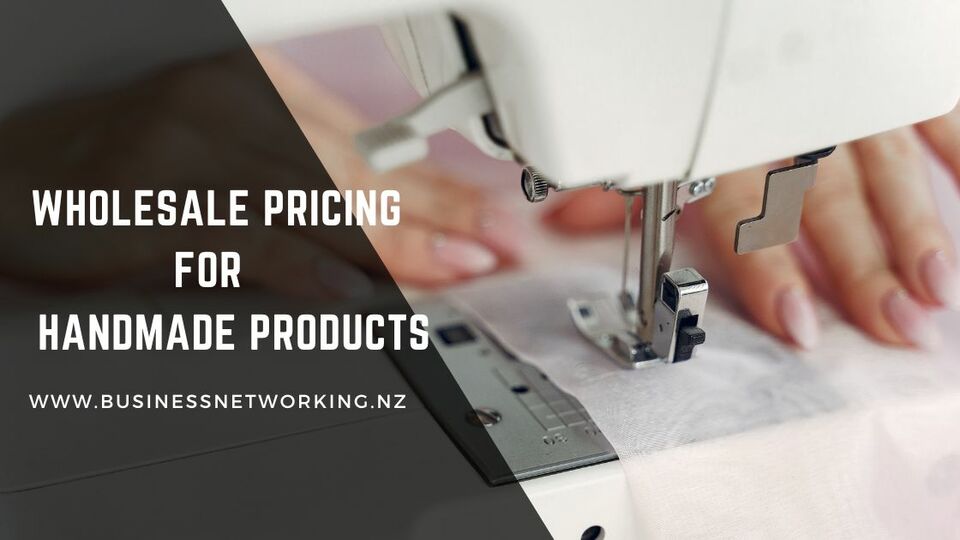|
|
How to Set Your Wholesale Pricing for Handmade Products

As a product manufacturer or wholesaler, it's important that you set your wholesale pricing strategy at a level which is fair for both you and your resellers. The wholesale price of your products needs to cover you for what the materials cost you, any other overhead costs, your time and make you a profit. Today we discuss how to calculate a wholesale price for your handmade products which works for everyone.
Setting a Wholesale Price for Your Handmade Products
Often retailers who make their own products initially price them at a low level, which doesn't allow them to set an acceptable wholesale price. This means the RRP or recommended retail price must then be raised to a level at which customers do not want to pay. The best thing to do is to set a wholesale price right at the start, even if you're not planning on reselling your products.
Setting a wholesale price is done by factoring in:
- the cost of materials it took to make the product
- the time it took for you to make the product - you need to be paid for your labour, so set yourself an hourly rate
- the cost of overheads as a percentage per product, such as electricity, sewing machine depreciation, website costs and rent
- the profit percentage you wish to make
In an ideal world, your wholesale price should be 25% of your retail cost, excluding your profit. This means you receive a 100% profit when reselling at the wholesale price. For example, you make a teddy bear for $5 and then sell it to a retailer for $10. You covered your costs of $5, plus got $5 in profit. The retailer will then sell the teddy bear on to the customer for $20. Yes, they in theory get a bigger profit than you, but the ideal with wholesale pricing is that you sell more products at a cheaper price, which raises your income.
When setting your wholesale price, you also need to do your research. This means:
- checking what others are selling similar products for
- asking your target market what they would pay for a product like yours
- seeing if you can obtain materials for your product at a cheaper price
- asking prospective retailers what they would sell it for
It's standard practise for most resellers to add a 100% mark-up on your wholesale prices, so be aware that you may make less profit than you wish. While you are aiming for a 100% when reselling, if this can't happen, be sure to identify a minimum profit percentage you are happy to have instead.
For further information on product pricing, be sure to check out our two articles: Pricing and Margins and Guide to Pricing Your Products.
Posted: Tuesday 19 March 2019
Recent Posts
Archive
|
© Copyright Business Networking NZ
- Site map
|


